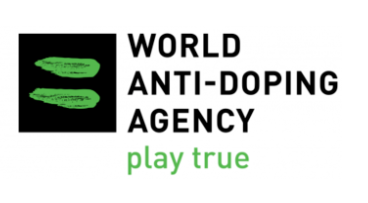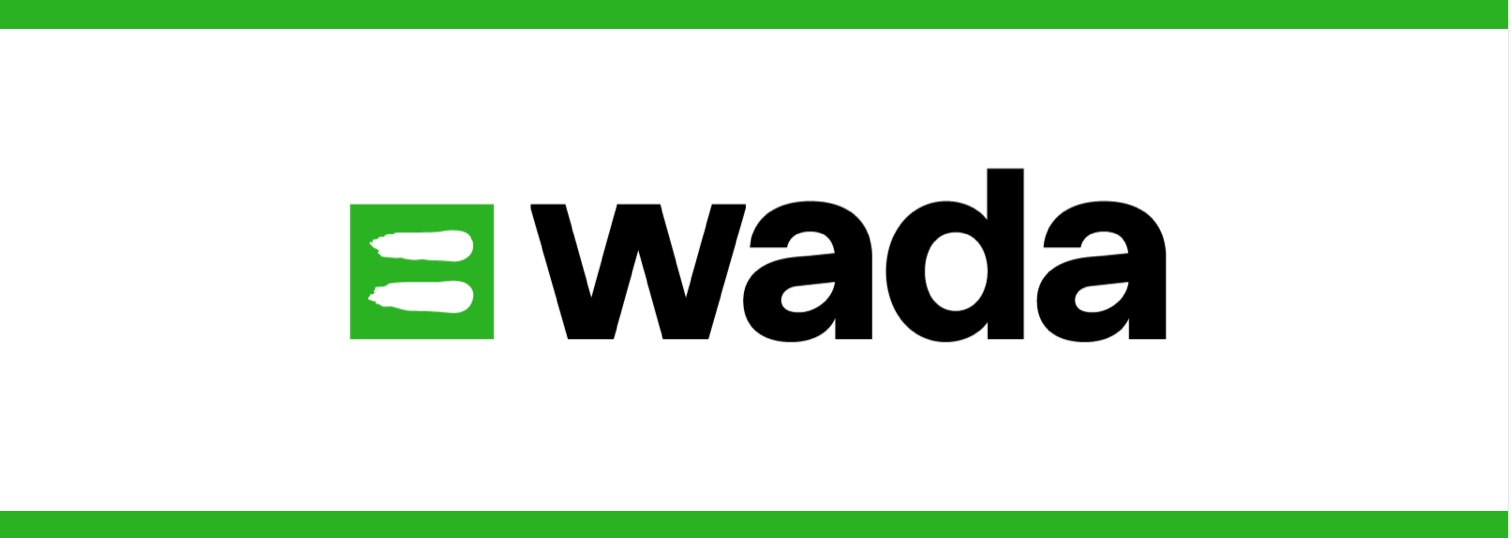Under NADA anti-doping rules all consequences given in the Code would apply for a doping case says WADA

The World Anti-Doping Agency (WADA) has further clarified the position regarding the categorisation of athletes by a National Anti-Doping Organization (NADO) for the purpose of testing and subsequent results management and procedures leading to sanctions.
In response to a fresh set of questions posed by this journalist following its answers to an earlier batch of questions, WADA stated that if the testing was done under the anti-doping mandate of the National Anti-Doping Agency (NADA), all procedures and consequences as provided for in the Code must be applied.
“If doping cases result from NADA’s anti-doping mandate and program under the Code and its Anti-Doping Rules (which are reviewed and approved by WADA), then all procedures and consequences provided for in the Code, the International Standards and the Anti-Doping Rules must be applied” said WADA in its communication.
Thanks to WADA’s Manager, Media Relations and Communications, Maggie Durand, who gathered the relevant information from concerned colleagues and compiled this latest response, we are in a better position to understand the rules and regulations regarding the so-called ‘new category’ of athletes.
In at least two news reports published on Feb 9, 2021, NADA Director-General, Navin Agarwal, had stated that under the revised Code 2021, NADA had the authority to devise new rules that would, among other things, allow NADA to bring in a new category of athletes who, if they test positive, could be given a milder sanction than normal.
Here is the The Indian Express report quoting Mr.Agarwal on various aspects related to new rules to be either formulated by NADA or having already been implemented. He was also quoted as saying that NADA would not be required to inform WADA about such positive cases and these cases would not be taken before the hearing panel.
Mr. Agarwal also listed competitions in Schools Games, University meets and Khelo India as those where athletes would be given milder sanctions based on a fast-tracked hearing process conducted by NADA. These cases could be attracting a maximum of two-year suspensions and, in some cases, they may even end up in much milder sanctions, it was stated. There was no elaboration about the rules under which these sanctions could be imposed or the hearing process if any that might determine such punishments.
Here is my blog piece following the first set of answers received from WADA:
There are areas that are still left in the realm of conjecture even after the elaborate clarifications provided by WADA in its second response. For example, WADA saying ”If NADA conducts other activities (including testing) outside of its anti-doping mandate, for example a public health mandate, such activities do not fall under its Anti-Doping Rules and the Code, and the Code does not need to be applied.”
What other activities could NADA be having or intend to have other than anti-doping within the purview of the Code and its own anti-doping rules for which it was established by the Government of India in 2004?
WADA also mentions NADA’s ‘additional activities’ and WADA’s inability to assess the compliance of such activities. What other activities could NADA be having that WADA would not be knowing or would not be able to assess?
Despite the clear announcement of bypassing the Code in handing out reduced sanctions to a set of athletes who would be categorized below “national level”, NADA had practically ruled out enforcing these rules in respect of Khelo India Games by stating this in its anti-doping rules 2021:
“Within the overall pool of Athletes set out above who are bound by and required to comply with these Anti-Doping Rules, the following Athletes shall be considered to be National-Level Athletes for the purposes of these Anti-Doping Rules, and, therefore, the specific provisions in these Anti-Doping Rules applicable to National-Level Athletes (e.g., Testing, TUEs, whereabouts, and Results Management) shall apply to such Athletes:
• Athletes who are members or license holders of any National Federation in India or any other organization affiliated with a National Federation including associations, clubs, teams or leagues;
• Athletes who participate or compete at any Competition, Event, or activity, which is organized, recognized, or hosted by a National Federation, by any affiliated association, organization, club, team, or league or by the Government in India”.
If exclusion of Khelo India athletes was the primary objective of introducing a new category, then it is ruled out by the mention of ‘Government of India’ in the above para. For, Khelo India is organised by the Government and its agencies. It is fully funded by the Government; it is conducted in collaboration with National federations under their rules and technical supervision. In fact, many of the other heads of expenditure under sports are routed through the Khelo India budget.
It is a fact that since the start of the Khelo India programme, there have been many doping cases reported of the youngsters. There was no option but to proceed with due processes including imposing of sanctions.
Now, it would seem, there is a desire to give a “second chance” to the youngsters, not to spoil their careers. The coming weeks and months would provide us a clear picture of what NADA has in store for young dope cheats.
Click here to read the complete text of questions posed to WADA and its responses in its latest communication following the publication of my last blog piece.


